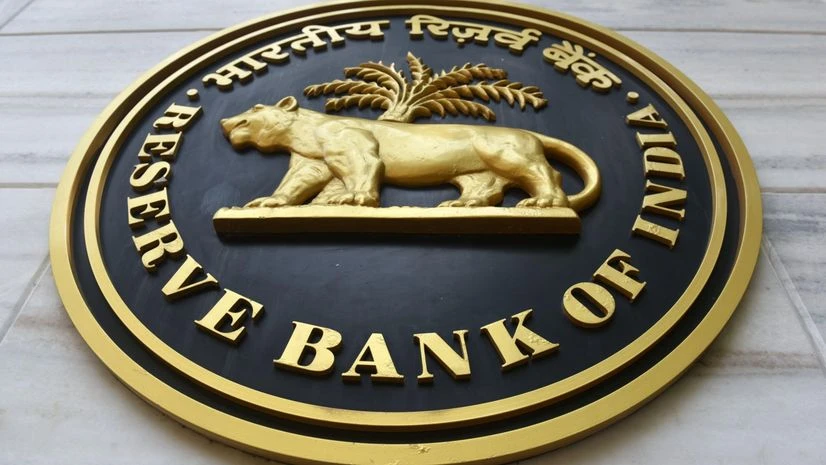A study by the Reserve Bank of India (RBI)’s economists shows that if all states switch to the old pension scheme (OPS) in 2023, the cumulative fiscal burden could be as high as 4.5 times of national pension system (NPS), with the additional burden reaching 0.9 per cent of the gross domestic product (GDP) annually by 2060.
In an article titled “Fiscal Cost of Reverting to the Old Pension Scheme by the Indian States – An Assessment”, RBI economists Rachit Solanki, Somnath Sharma, R K Sinha, Samir Ranjan Behera, and Atri Mukherjee said the study validates the findings of earlier, as well as recent, studies that the expected cumulative pension burden for the states over the period from 2023 to 2084 due to the OPS is substantially higher than that of the NPS.
“The recent decisions and announcements by some of the states to revert to the OPS (with a few others contemplating the same), pose significant fiscal risks for the states which could have distortionary effects on the labour market, savings and investments, as well as capital market development, and dampen the country’s medium-term macroeconomic outlook,” said the article published in the latest RBI Bulletin under the guidance of RBI deputy governor Michael Debabrata Patra.
However, the RBI clarified that the views expressed in the article were “those of the authors” and do not necessarily represent the views of the central bank.
The paper assumes annual salary growth of 12 per cent and annual pension growth of 6 per cent among others.
Also Read
States like Rajasthan, Chhattisgarh, Jharkhand, Punjab and Himachal Pradesh have announced reversal to the OPS from NPS. “The immediate gain is that they will not have to spend on the NPS contribution of the current employees. In future, however, the unfunded OPS is likely to exert severe pressures on their finances, especially with increasing longevity,” the paper said.
The Indian states’ expenditure on pensions has increased from 0.6 per cent of GDP in the early 1990s to 1.7 per cent of GDP in 2022-23 (BE), outstripping the growth of revenue receipts.
At the disaggregated level during FY15 and FY23, significant variations exist in the pension burden across the states. Apart from the north-eastern and hilly states, the pension outgo exceeds 25 per cent of state’s own revenue receipts in states like Bihar, Kerala, Punjab, Uttar Pradesh and West Bengal.
As at end-November 2022, the cumulative number of state government employees subscribing to NPS rose to around 5 million, with their cumulative contribution to the NPS corpus amounting to ~2.5 trillion.
The RBI paper said as a committed expenditure, pension-related outgo is highly inelastic to the economic cycles. “A burgeoning pension outgo may compel the states to cut down their capital expenditure, affecting long-term growth prospects of the economy,” it said.
The article said that while reverting to OPS may look lucrative in the short-run for the states, the future burden of OPS outgo will eclipse the short-run gains. “By reverting to OPS, the states will only save 0.1 per cent of GDP on an average in yearly pension outgo till 2040 but would be required to incur an average additional increase in pension expenditure by 0.5 per cent of yearly GDP post-2040,” it said.

)
